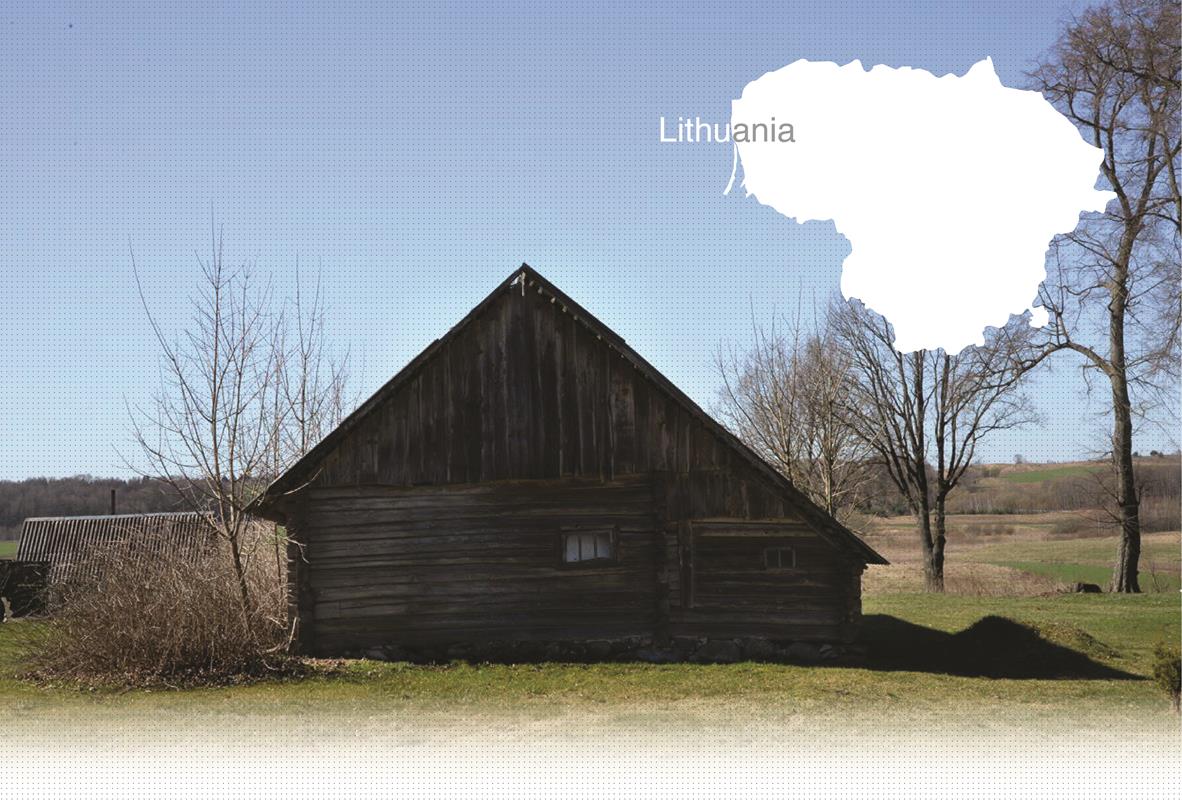

1 Killing site(s)
Helena, (born in 1926) shared her memories during the interview:
"Y.U.: What kind of place was the site of the barracks before the Jews were gathered there?
Witness: A merchant, named Pisyuk, used to live in Kalveliai, not far from the current customs office. He was also Jewish. He owned those barracks. It was known as the Shnury settlement.
Y.U.: Did you ever pass by the camp or the barracks when the Jews were imprisoned there?
Witness: We used to go to Kalveliai and Lavoriškės. We lived on a farmstead back then and we passed that place quite often. But I didn‘t think much about what was happening there.
Y.U.: Were the barracks fenced in?
Witness: No, they were not fenced in before the Jews were taken there.
Y.U.: And were they fenced in when the Jews were imprisoned there?
Witness: Yes, they were fenced in with barbed wire."
(Witness N°55, interviewed in Kalveliai, on April 3rd 2014)
The history of Kalveliai dates back to the end of the 19th century, when a railway was constructed through the territory and peat extraction began nearby. Before WWII, Jews made up more than half of the town’s population. They ran shops, a bathhouse, a bakery, an inn and other businesses. There was also a synagogue in Kalveliai.
According to witnesses interviewed by Yahad, the Jews of Kalveliai were brought away from the town on foot and shot elsewhere in the Vilnius region, most likely in Paneriai or Vėliučionys. In 1942, a provincial labour camp, as part of the Vilnius ghetto, was established in the Margiai peat bog, several kilometers northwest of Kalveliai, near the Nemėžėlė village. 320 Jews worked there in May 1943. The camp was liquidated on July 8th, 1943, under the direction of Oberscharführer Bruno Kittel, the head of the Gestapo in Vilnius. He arrived at the camp and gave a speach encouraging the Jews to work and to avoid contact with Soviet partisans active in the region. But once Kittel left the barracks, they were attacked with grenades. A mass execution by machine-gun was later carried out nearby. 240 Jews were killed that day, including men, women and children.
 Read Yahad-In Unum’s report of the research trip in this area
Read Yahad-In Unum’s report of the research trip in this area
 Go to the LitvakSIG website, whose mission is to preserve Litvak heritage by discovering, collecting, documenting and disseminating information about the once vibrant Jewish community of Lithuania.
Go to the LitvakSIG website, whose mission is to preserve Litvak heritage by discovering, collecting, documenting and disseminating information about the once vibrant Jewish community of Lithuania.
Do you have additional information regarding a village that you would like to share with Yahad ?
Please contact us at contact@yahadinunum.org
or by calling Yahad – In Unum at +33 (0) 1 53 20 13 17